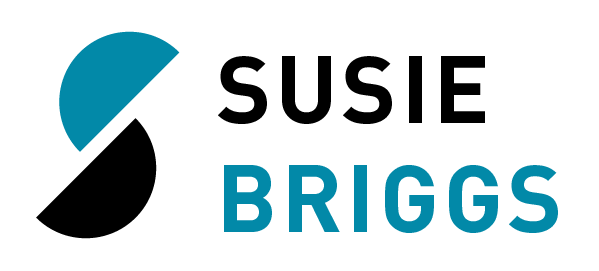AmerisourceBergen
AmerisourceBergen, a leading pharmaceutical distributor and consultancy, realized that it lacked a clear brand message, which kept it from being able to tell a consistent story about its products and services. The company needed to create a more cohesive user experience and visual identity across all of its brand platforms.
I worked with the EY-Intuitive team to create better information design, in part via the creation of a custom icon language for use across all of their digital properties. We took a holistic approach to icon creation and brainstormed what components we could use from the client’s existing visual language to expand their brand’s identity, focusing on their primary brand typeface, Rockwell. The icons were designed to appear alongside the typeface, creating a consistent look and feel for their brand across sites.
As part of the wrap-up of the project, I wrote a case study that was published on the studio’s website, outlining the strategy behind the design. You can read that case study further down this page.
Scope: Branding | identity design | Experience Design | icon design
Team: EY-Intuitive
case study
Creating A Cohesive Branding Experience For A Healthcare Leader
How can icons create a unified digital experience?
Our client — a leading company in the global pharmaceutical industry with a number of sub-branded websites — realized that as their users were moving from brand to brand, they were having significantly different experiences. From a usability perspective, this was proving problematic for the company, as it not only prevented the telling of a consistent story about the work they do, but also failed to communicate a cohesive brand message.
Lead with design
Identifying a need to provide a more efficient experience for the user via clear and consistent information design, our goal was to improve the digital customer experience throughout our client’s properties by creating a centralized brand across the family of sites. We had the opportunity to present our client as a global brand through content, imagery, and navigation.
Integrating a disconnected brand
We started this project as we start all projects at Intuitive: with research and strategy. We saw a need to unify a scattered brand to make the experience better for the user. During initial brainstorming sessions for the project, the idea of creating a family of icons surfaced. Not part of the initial scope of the project, we saw icons as a way to increase the consistency of the visual experience on the client’s sites.
The client’s existing iconography had no centralized logic at the core of the icon creation process. Icons were created or sourced according to a specific need, rather than as part of a larger icon family. The styling was disconnected from the overarching client brand, and also varied stylistically from sub-brand to sub-brand.
We intended to use an iconography set much like one would use a font family, providing our client’s brand with a distinct tone and direction, while at the same time staying tightly connected to the other brand elements.
An icon family designed for iteration
Beginning with a holistic approach to icon creation, we brainstormed what components we could use from the client’s existing brand to expand their visual identity. We focused on Rockwell, the primary brand typeface, as well as on using multiples of a 7-degree angle, a foundational element of the brand aesthetic. Icons were designed to feel like they were part of the typeface, with a consistent look and feel. Deconstructing the typeface, we were able to extract building blocks that could be used as the foundational components in the construction of a family of icons.
The icons can be used as type themselves, standing alone to communicate a concept that may overarch multiple websites, while still belonging to a family of common attributes. The icons can also be paired with Rockwell, strengthening the brand and creating a visual balance, while drawing attention to key information. To that end, we created 3 different icon weights to complement the various weights of Rockwell.
The process of creating the icons was an iterative one, with the initial goal being to represent the essential meaning of the icon, be it a high-level concept or functional object. Once we had a basic visual form, the goal became to simplify and remove as many visual elements as possible while still retaining the meaning of the icon. Always needing to feel as though it belongs to the Rockwell type family, usage of the foundational components was key. The original typeface was referenced whenever possible in creating new shapes.
The upshot
The proposed redesign received an overwhelmingly positive response from the client and stakeholders and gave them a solid foundation from which to continue to build their brand globally. The intention in the holistic design process was that the client would now have a platform and methodology that they could use to expand the icon set as needed. One of the goals here at Intuitive is to provide our clients with the most flexible deliverables possible, so that they feel ownership of their own brand and can continue to iterate great work. Icon design, when paired with research, testing, and an updated web framework, can be a key part of this plan.



